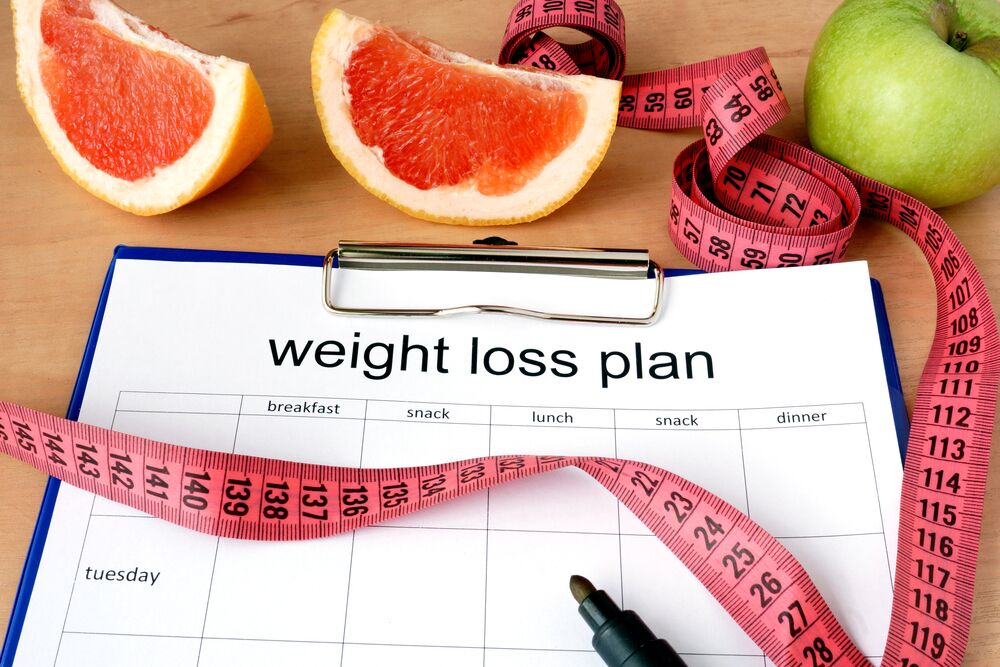 Losing weight starts with setting goals. By doing so, you will have a clearer idea of what you need to do in order to reach your ideal weight. Small milestones add up, and before you know it, you will be slimmer and stronger than before. Determining what your goals should be can be difficult, though. That’s why we’ve compiled a few helpful weight loss goal setting tips that you can really use, starting today, to set your fitness plan in motion.
Losing weight starts with setting goals. By doing so, you will have a clearer idea of what you need to do in order to reach your ideal weight. Small milestones add up, and before you know it, you will be slimmer and stronger than before. Determining what your goals should be can be difficult, though. That’s why we’ve compiled a few helpful weight loss goal setting tips that you can really use, starting today, to set your fitness plan in motion.
Make Sure Your Goals Are Achievable
When you are ready to sit down and write out your goals, make sure that you are setting those that are achievable and realistic for you. This is the first of the main weight loss goal setting tips because a lot of people make the mistake of going overboard and setting unachievable goals, thereby setting themselves up for failure.
What do we mean by achievable goals? Well, let’s say that you are exercising only three days per week right now. An example of an achievable and realistic goal would be upping that to four days per week. As you achieve your smaller goals, you can then increase the challenge as you go.
Make Sure Your Goals Are Balanced
In addition to setting goals that are realistic, you should also aim to set goals that are balanced. This is another one of the most important weight loss goal setting tips because failing to maintain balance during your fitness journey can cause you to fall off course.
Consider that the average woman can lose weight by consuming anywhere from 1,200 to 1,400 calories daily, particularly if that woman is also exercising for at least 40 minutes daily. So, you don’t have to go too far and drastically decrease your calorie intake. Instead, balance your goals by incorporating plenty of nutritious foods into your diet and focusing on staying active.
Don’t Forget About Long-Term Goals
According to Who, incorporating long-term goals is also key when it comes to weight loss goal setting tips. That’s because your short-term goals can help you remain focused on the prize, and they should be easier to attain. Long-term goals, on the other hand, add an extra challenge to your weight loss journey. Think of it as the grand prize at the end of your hard work.
Try to project what you want your ultimate goal to be for the next six months or the next year. Don’t go beyond that. Also, ensure that long-term goals have numbers associated with them. You might, for example, aim to lose 20 pounds, or you might want to be able to run a certain number of miles during your jogging routine, as a couple of examples.
With the right weight loss goal setting tips in mind, you can take active steps towards meeting your fitness aspirations. Little by little, you will fulfill your short-term goals as you make your way towards your long-term goal, and you’ll remain balanced the entire time.


Recent Comments